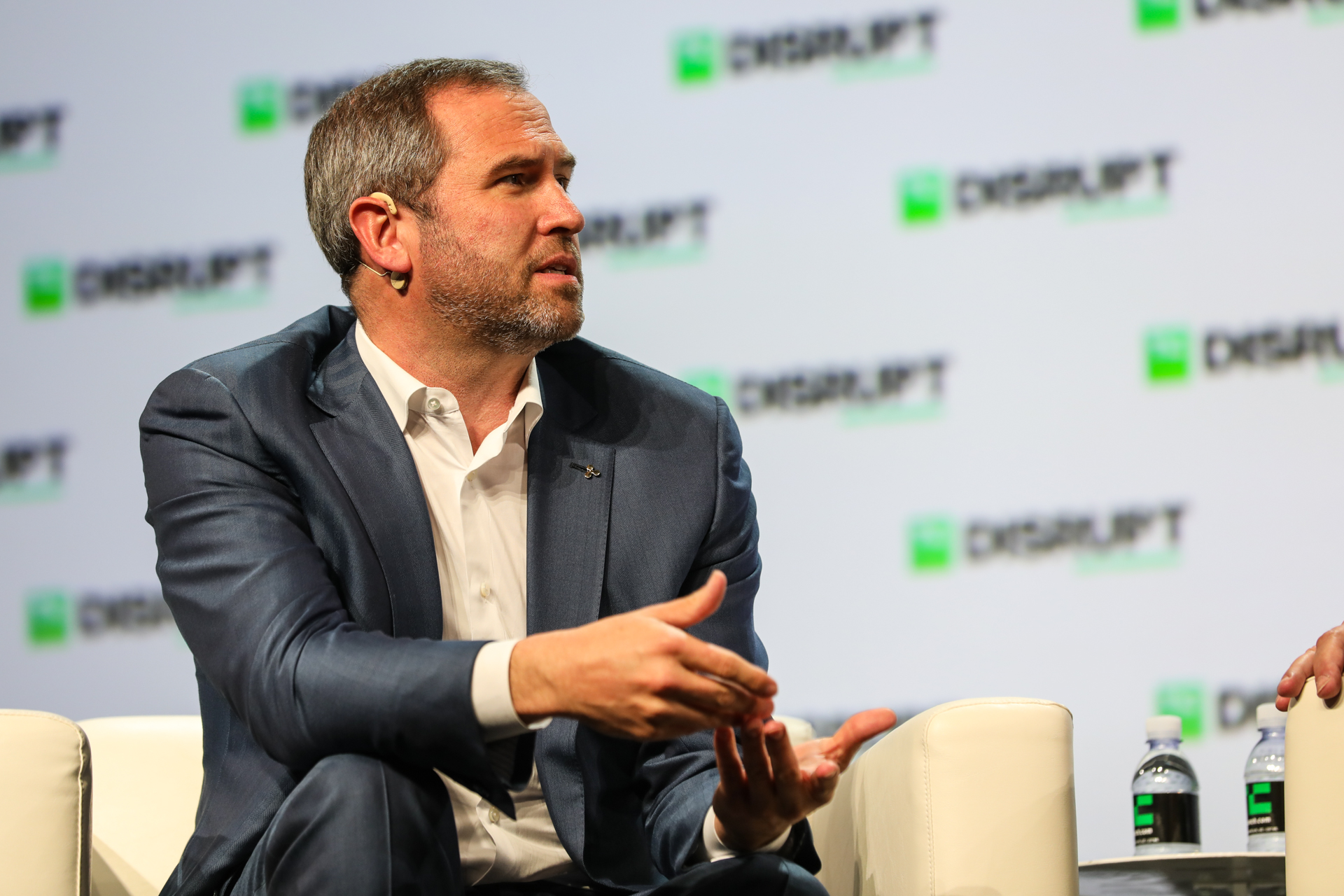D-ID, the company developing software to scramble facial recognition technologies, has signed its first customers and launched its initial product onstage at TechCrunch Disrupt San Francisco.
The culmination of an idea that was 14 years in the making, D-ID’s technology is being sold as both a service and as an enterprise software solution on-premise for certain customers.
Pricing for the service is based on each image that the company’s technology manipulates and will range from $3 down to a few cents per image.
“We have moved too fast with face recognition, which is now a threat to privacy,” says D-ID chief executive officer Gil Perry.
And while many companies are pitching facial recognition as the next new thing in biometric security, those services have to be balanced with a respect for an individual’s privacy, Perry says.
“People are now aware… and they care,” Perry said.
D-ID’s founding team has seen several requests to make a consumer app, but Perry said to have the largest impact, the company wanted to serve the organizations that store massive amounts of images.
“Amazon and all these companies are going to need face recognition, so we’re not going to stop face recognition,” says Perry. His goal is to make that facial recognition technology responsive to the privacy and security concerns that individuals rightly have.
What Perry envisions is that companies will use D-ID’s software to store scrambled versions of their customers’ faces rather than an actual, unfiltered image of someone’s face. The idea is to protect the user’s “real” facial information by only storing one of D-ID’s distorted copies.
Perry uses the example of an iPhone X secured with D-ID’s technology. Instead of capturing a true image of a user’s face, the phone takes a picture and then uses D-ID software to distort the image. That distorted image becomes the one that the phone “remembers” and can be used to unlock the device. D-ID basically becomes an abstraction layer to prevent any company from having an individual’s “real” face in its databases.
Data privacy regulations like the European Union’s General Data Protection Regulation (GDPR), which became enforceable in May 2018 and require companies to guard personal data, including biometric data, more stringently or risk heavy fines are already driving interest in the company’s software, according to Perry.
[gallery ids="1705592,1705593,1705594,1705596"]
D-ID serves three verticals: companies that need to protect images of their employees or customers, health management organizations and government and security agencies that want to secure biometric data.
The company’s approach to digitally manipulating images renders images unreadable by the machine learning tools that are used to identify an individual, but are imperceptible to the naked eye.
“We use advanced image processing and deep learning to process the photo or video in such a way that it will look similar to the human eye but machines, AI, face recognition classifiers will not be able to recognize the individual,” Perry said.
For the founding team at D-ID (which stands for de-identification), the problem of anonymity online wasn’t academic.
As we’d noted when the company launched from Y Combinator’s demo day in 2017, Perry met his chief operating officer Sella Blondheim when both were in the Israeli Special Forces about a decade ago, while chief technical officer Eliran Kuta served in the Israeli Intelligence Corps.
Kuta spent nearly a decade in the Israeli Defense Force’s elite technical unit, 8200, before joining civilian life and taking a job at Houseparty, which is where he met Perry. Meanwhile, Blondheim was working at sales software startup Natural Intelligence. On nights and weekends Perry and Blondheim would convene to hash out the technology that would become the foundation for D-ID, eventually bringing Kuta on as CTO and co-founder, as well.
“When we saw that this [facial recognition technology] was going to be the end of privacy as people know it. We took on this mission we were determined to solve privacy,” says Perry. “To solve the right to privacy and prevent it from disappearing. To make a solution that would be available to everyone before it’s too late.”
The company has certainly found investors willing to buy into its vision. It has bounced from prestigious accelerator to prestigious accelerator starting off in the 8200 Accelerator group and then moving to Y Combinator in its summer 2017 batch. Already, the company has nabbed a seed round of $4 million from investors, including Pitango Ventures, and snatched a massive pilot customer in Cloudinary — which the company announced at its demo day.
Perry estimates there are some 360,000 companies in the world with 22 billion pieces of media — all of which could be potential customers for D-ID’s solution. Indeed, the breadth of the company’s initial customer base, including an auto manufacturer, a financial services firm and a big printing corporation, speak to the market segments that would find the company’s technology appealing.
“That is going to fix face recognition now,” Perry said. “This is going to be the center of face recognition. Everyone will use it. Everyone will be using D-ID.”



